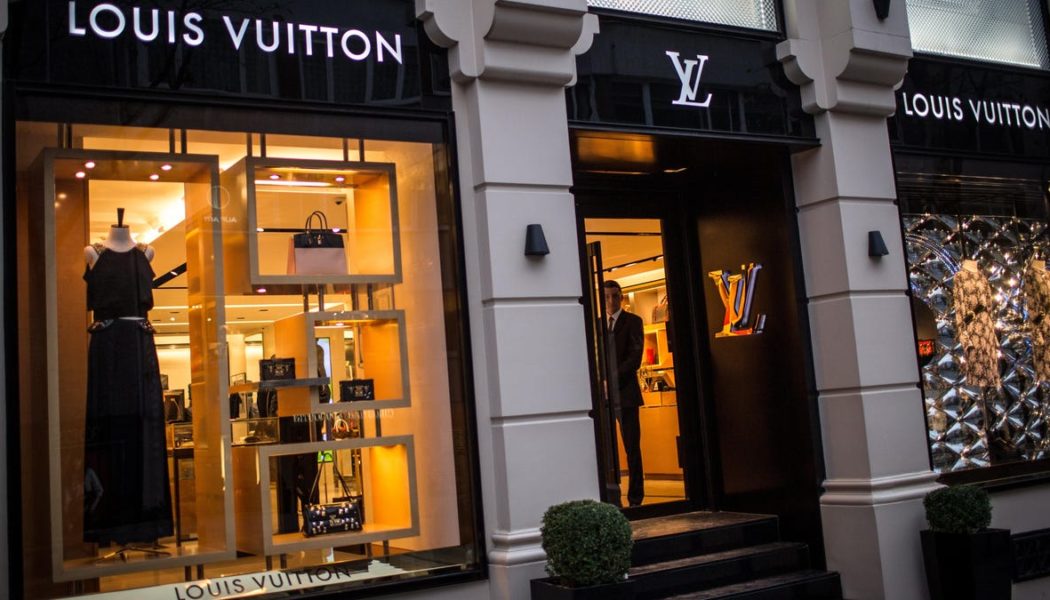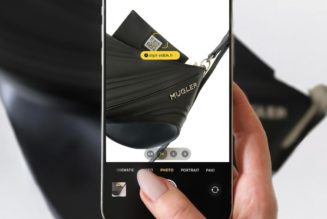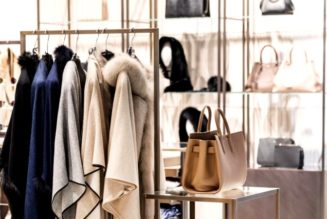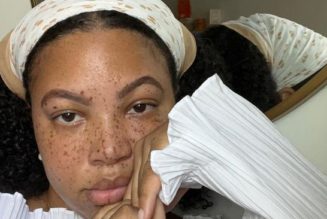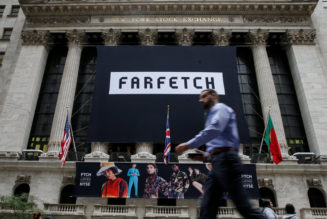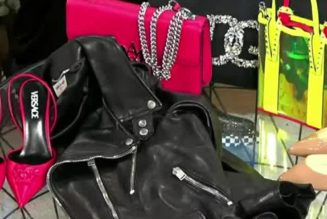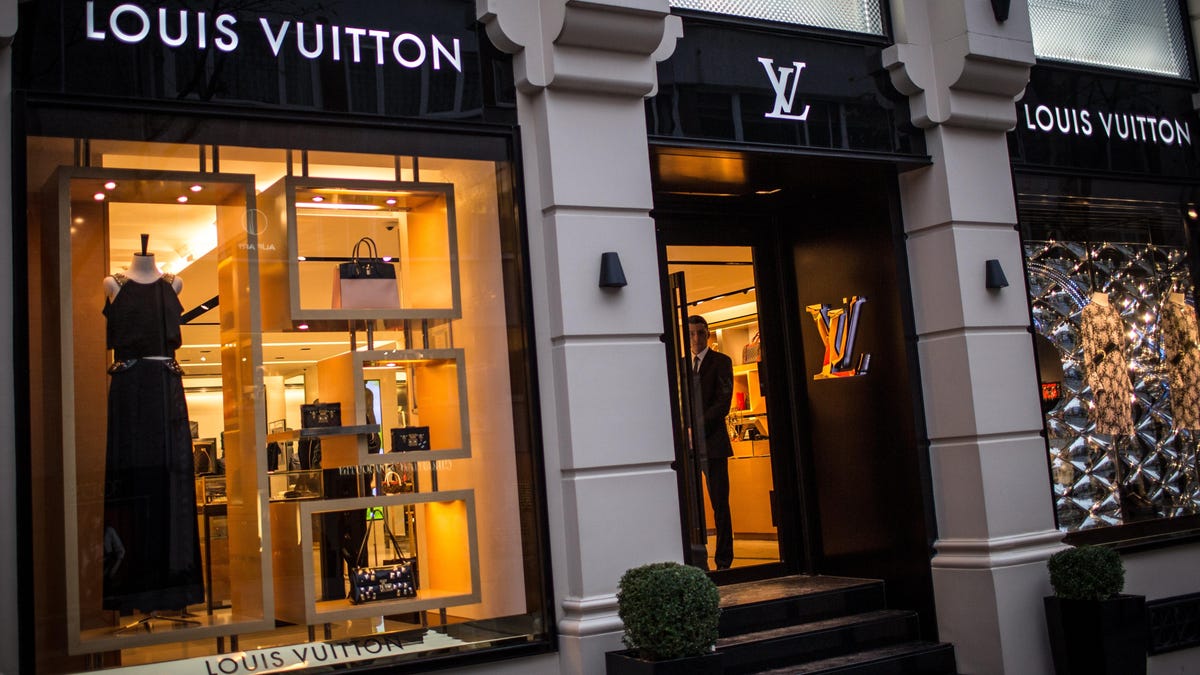
The earnings of one of the world’s most valuable luxury groups marked a stark contrast to the earnings of one of the world’s largest fast fashion retailers.
French multinational LVMH, which owns brands like Tiffany’s, Christian Dior, Sephora, and Moët, had a “record year” in 2022, it said in a press release yesterday (Jan. 26). It recorded revenue of €79.2 billion ($86.2 billion) in 2022 and profit from recurring operations of €21.1 billion ($23 billion), both up 23%.
Despite geopolitical headwinds and China’s zero-covid policy, LVMH saw sales rise “sharply” in Europe, the US, and Japan, owing to “strong demand from local customers and the recovery of international travel.” LVMH also exited Russia last year, but that market was a sliver compared to US and China for the luxury behemoth.
Meanwhile, Swedish fast fashion retailer H&M—the second-largest fast fashion retailer after Inditex, the parent company of brands like Zara, Massimo Dutti, and Bershka— wasn’t so resilient. Its net profit for the year ending Nov. 30 fell 68% from the year prior to 3.6 billion Swedish kronor ($349 million).
Pausing sales in February and exiting Russia altogether in July hit H&M’s profits hard, chief executive Helena Helmersson admitted, saying it was “an important and profitable market” whose loss “has had a significant negative impact on our results.”
Helmersson also cited “the hikes in raw materials and freight costs combined with a historically strong US dollar” as reasons for pushing the cost of raw materials up. “On top of this there were increased energy costs as well as a one-time charge for the cost and efficiency programme that was initiated at the end of the year,” she added. A drive to cut costs, including layoffs in November, did little to curtail the damage.
One big number: A €540-580 billion luxury market
The resilient luxury market’s value is set to reach €540-580 billion ($588-631 billion) by 2030, up from €353 billion estimated for 2022—a 60% uptick—according to a November 2022 report by consulting firm Bain & Co. An estimated current 200 million luxury customers are set to grow to 500 million by the end of the decade. The luxury consumer base is both larger and more concentrated, and globally, there’s various opportunities that could help propel the market:
🇨🇳 The strength of economic recovery in China
🇺🇸🇪🇺 The ability of the US and Europe to withstand economic headwinds
🇮🇳 India’s luxury market could potentially expand to 3.5 times today’s size by 2030
Quotable: A generational shift among luxury buyers
“In coming years, the spending of Gen Z and ‘Gen Alpha’ is set to grow some three times faster than for other generations until 2030, making up a third of the market. This is, in part, driven by a more precocious attitude towards luxury, with Gen Z consumers starting to buy luxury items some 3 to 5 years earlier than Millennials (at 15 years-old, versus at 18-20), and Gen Alpha expected to behave in a similar way.” –Bain & Co November 2022 luxury study
Company of interest: Inditex
Not all fast fashion retailers struggled. H&M rival Inditex in December posted a 24% jump in profit for the nine months through October as it used price hikes to ward off weakening consumer demand.
“The sales outperformance may reflect the quality of the product design and offering as well as the more attractive price point compared to peers as price increases appear to be less than the wider market,” Deutsche Bank analyst Adam Cochrane told Reuters. The more luxe approach may have helped lure luxury buyers.
Inditex appears to be taking inspiration from retailers like Vancouver-based Aritzia, who slot themselves in the “everyday luxury” category to benefit from a similar approach of designing elevated, longer-lasting garments to slap on somewhat steep price tags.
Related stories
💳 When did customers of luxury brands get so young?
🛍 Here’s where the strong dollar is making luxury goods cheaper
💎 American fashion brands are finally coming for the high-end luxury market
